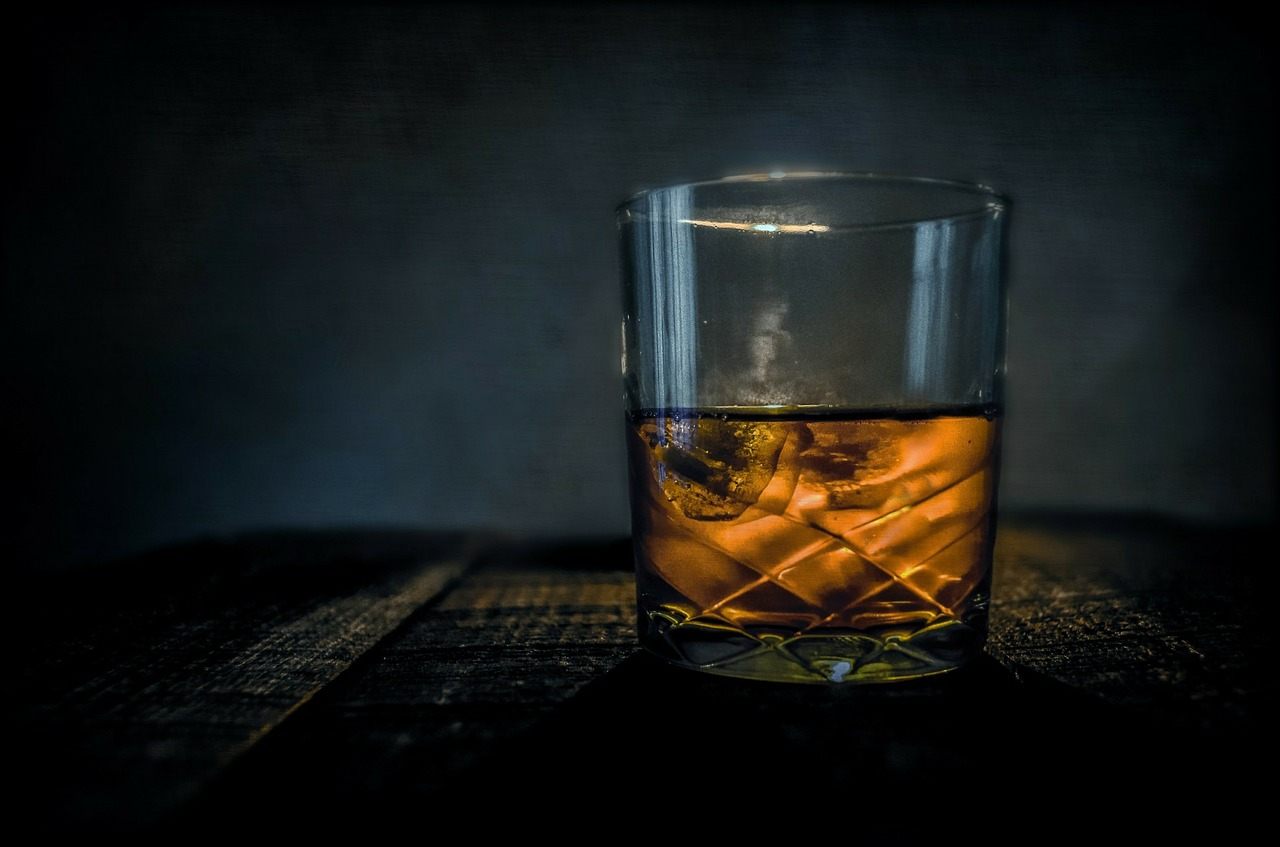How to Catch a (Whiskey) Counterfeiter
Use science to make it glow.

Some connoisseurs have no qualms dropping hundreds (if not thousands) on a bottle of good whiskey (or whisky). But expensive bottles are not always full of expensive liquor. The spirits inside may not have spent the right time in the right barrel in the right place to earn their labeled age or composition, or the name bourbon or Scotch. Counterfeit whiskies may not fool experts, but most drinkers wouldn’t be able to taste the problem. Fortunately, researchers from Germany and the Netherlands have come up with a new way to weed out these weaselly whiskies.
The technique, published this week in the journal Chem, relies on fluorescent polymer dyes that react to different compounds in whiskies. The polymers glow when exposed to fluorescent light, and the intensity depends on factors such as whether the Scotch is double or single malt, or whether the whiskey was distilled in Ireland or the United States.
“Each single polymer’s response to the whisky would not be very useful, but if you combine them, they form a really unique pattern,” said Uwe Bunz, a coauthor of the report, in a press release. The team tested the method on 33 Irish, Scottish, and American whiskies, and each sample produced a distinctive combination of glowing polymers—a unique chemical fingerprint. The technique can’t be used to identify an unknown spirit, but it can compare a sample to a known brand—perfect for catching counterfeiters. The technique might someday be applied to other beverages or even in other scientific fields, but for now, it’s a helpful way to make sure a bottle of brown liquor is worth an outrageous price tag.















Follow us on Twitter to get the latest on the world's hidden wonders.
Like us on Facebook to get the latest on the world's hidden wonders.
Follow us on Twitter Like us on Facebook